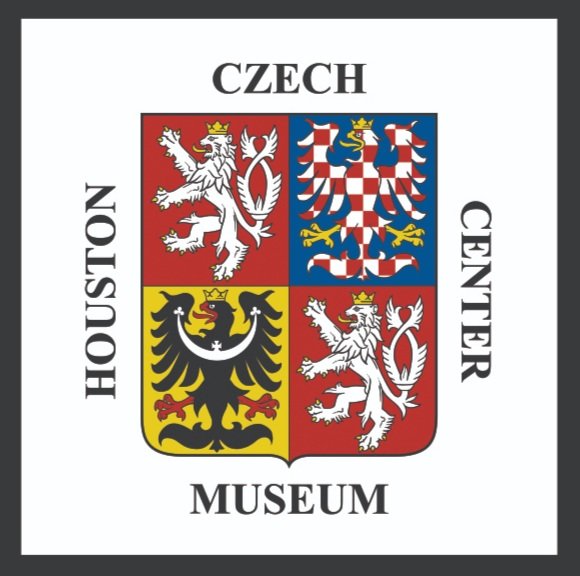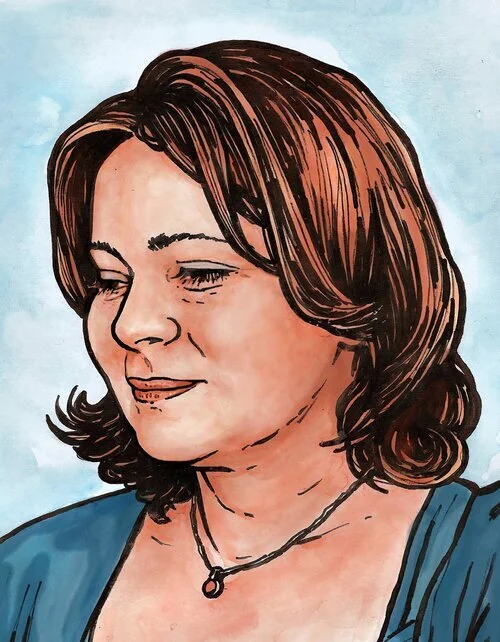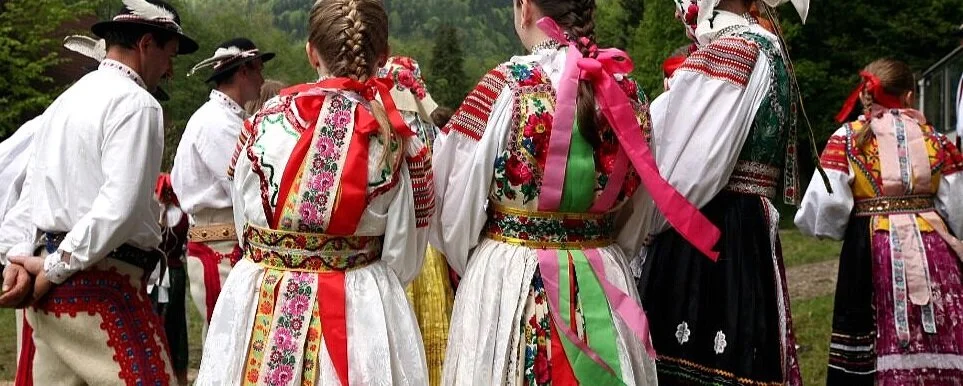The book The Czech Pioneers of the Southwest, tells the story of the first Czech pioneers who moved to Texas throughout the 1800s.
Little Crumbs by Hana Juračáková
Prague Travel Guide
A Short History of Pilsner Urquell
The Dancing House of Prague
The Languages of Kafka
The Church of St. Cyril and Methodius: A History Old and New
Emperor Rudolf II: Prague's Patron of Arts and Science
Rudolf II, leader of the Holy Roman Empire, ruled from 1575-1612. His reign as emperor was nontraditional and he was well known for his patronage of arts and science. Under his rule, alchemists were protected and allowed to experiment and learn, making Prague one of the cultural centers of this scientific discipline. His rule also allowed artists from all over Europe to thrive and flourish, which artists noticed and greatly appreciated.
Bohemian Garnet
Andy Warhol
Remembering Libuše Šafránková
Shared Pains: Czechoslovakia and Afghanistan under the Soviets
Celebrating Czech Heritage in America
Cinema Under Communism: The Czech New Wave
The Czech New Wave was an important film movement led by daring, rebellious film directors in the sixties. Since the nationalization of the film industry in 1945, cinema had gone stale. In the fifties, each film adhered so tightly to the standards set by the communist government that moviegoers found themselves bored in the theatres. Plot threads were entirely predictable and dogmatic, an aspect that would be criticized extensively during the movement (Kehr 2008).
Ride of the Kings
Each spring, people in the Czech Republic celebrate many different events and holidays. The Ride of the Kings is one of the Czech Republic’s many unique customs. It is so deeply rooted in the history and culture of the area that it was placed on the UNESCO heritage list and has been painted, photographed, and filmed to preserve its tradition.
The Czech Republic and its’ Contribution to Cinematography
Pilgrimage Church of St. John of Nepomuk
Czech Spring Rituals and Celebrations of Love
In Slavic cultures, spring has always been the most important time of the year - it’s the time of rebirth, associated with life, fertility, and love. Ancient Slavs celebrated the end of winter and the coming of spring with a number of festivals and rituals. Among Czechs, one such tradition has survived to this day - popularly known as Czech Valentine’s Day.
Czech Street Food
Food is one aspect of culture that is almost universally accessible. For many traveling, trying different cuisines, especially street foods, is an exciting part of visiting a new country. The Czech Republic has its own unique kitchen, and although the popularity of street foods is still growing, there are some dishes that are well-known in the country.
The Czech Republic's Communist-Era Architecture
For the Communist countries in Eastern Europe, the necessary rebuilding following World War II was accomplished in the construction style that the Soviet Union popularized. As a result of this period, the Czech Republic has many buildings and monuments that differ significantly from the historic ones surrounding them, serving as a reminder of its Communist era.






















